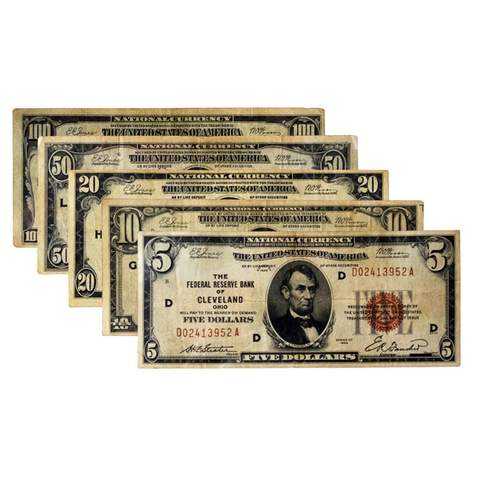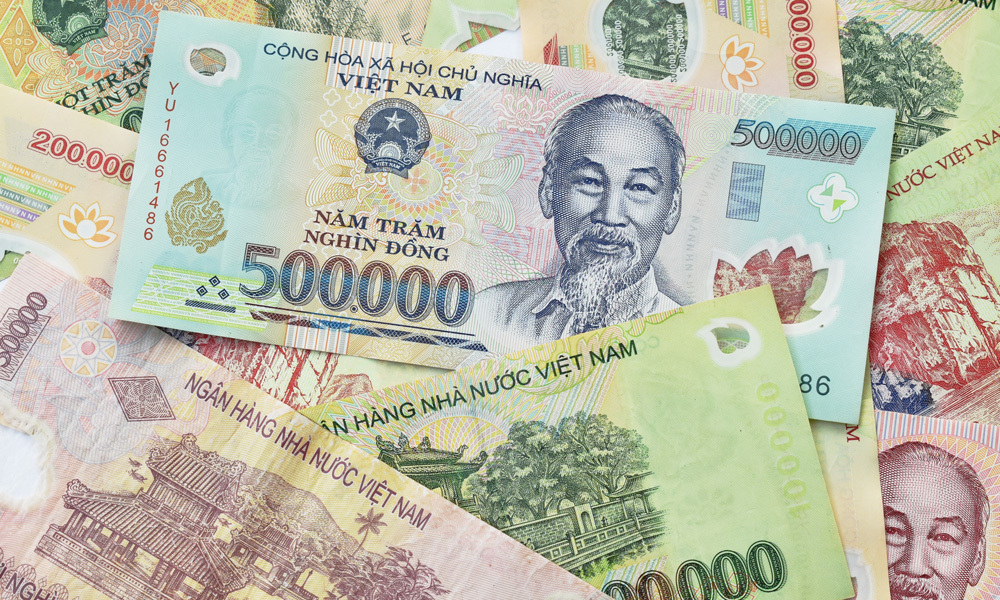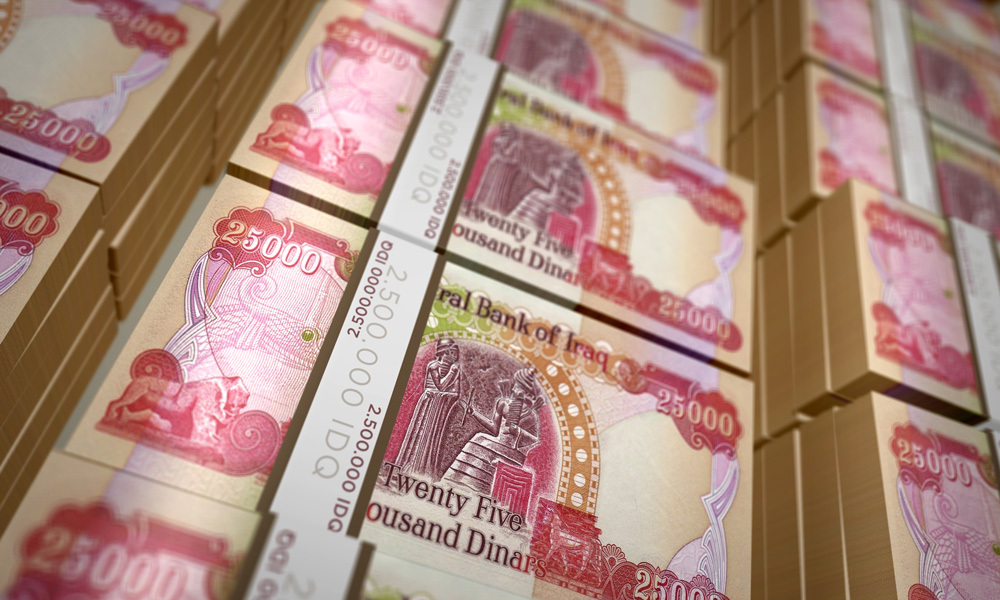As the US slid deeper into the Great Depression, President Franklin D. Roosevelt was desperate to prop up the country’s economy. Besides implementing a host of so-called “alphabet programs” like the WPA and CCC, he looked at the nation’s gold reserve and decided it needed to be in government hands, especially with political unrest spreading around the globe.
On April 5, 1933, he signed Executive Order No. 6102 "Forbidding the Hoarding of Gold Coin, Gold Bullion, and Gold Certificates within the continental United States." US citizens were forced to turn over any gold coins, bullion, and gold certificates in exchange for Federal Reserve Notes of equivalent value. Exceptions were made for rare coins and for use in jewelry, dentistry, and manufacturing.
Federal Reserve Notes Replace Demand Notes
Prior to 1929 many US banknotes were convertible to gold or silver coin on demand. To relieve that obligation, in 1914 Congress authorized creation of Federal Reserve Notes that were essentially IOUs backed by the assets of the US Treasury. Today, Federal Reserve Notes are the only authorized US legal tender.
With the issue of Series 1929 Federal Reserve Notes, the convertibility of the notes to gold or silver was discontinued although US Silver Certificates continued to circulate until 1968 when their redeemability in silver was discontinued. In 1933 other types of US currency including Federal Reserve Bank Notes, United States Notes, Gold Certificates, and National Bank Notes were also abandoned in favor of the Federal Reserve Note.
Depression Hoarding Creates Crisis
In 1933 large runs of Series 1929 Federal Reserve Notes were printed on an emergency basis due to public hoarding of cash in the face of the many bank failures occurring at the height of the Depression. They were printed on the same stock as National Bank Notes and carried the same brown Treasury seal and serial numbers, but wording was changed to represent the shift of the governing authority to the Federal Reserve and the redeemability of the notes. The twelve Federal Reserve Districts also appear on the bills as black alphabetically sequenced letters, from "A" to "L", a system still in use on $1 and $2 bills today.
Own a Part of US History with 1933 Federal Reserve Notes
The Great American Coin Company® is pleased to offer complete sets of 1929 Federal Reserve Notes in f+ or better condition. Each set contains five bills, one each in $5, $10, $20, $50, and $100 denominations. Though dated 1929, these amazing Federal Reserve Notes known as “Brown Seals” were issued at the height of the depression in 1933 and are a key part of any currency collector’s holdings.
The Notes offered may be from any of the following 12 Federal Reserve Banks: Boston, New York, Philadelphia, Cleveland, Richmond, Atlanta, Chicago, St. Louis, Minneapolis, Kansas City, Dallas, or San Francisco.
We only have a limited number of these Depression era currency sets available. Get yours today while supplies last!
1933 Federal Reserve Notes Mark a Turning Point in US Money
By Rajesh Khunt | April 10, 2019

Latest Posts

November 30, 2023
In the heart of Southeast Asia lies the vibrant and culturally rich nation of Vietnam. Amidst its bustling cities, serene landscapes, and bustling markets, you'll find a currency that reflects not only the country's economic growth but also its commitment to safeguarding the wealth of its citizens a...
Read More
November 29, 2023
Unraveling the Historical Journey of the Iraqi Dinar: From Past Glory to Present Challenges Money plays a vital role in the stability and development of a nation, and throughout history, currencies have evolved, reflecting the socioeconomic and political circumstances of their respective countries....
Read More